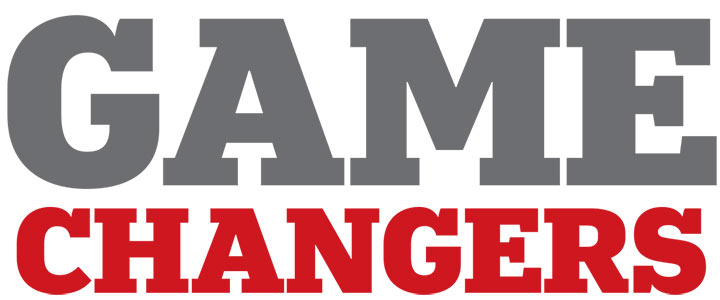When a patient’s life is at stake, it’s no good waiting months on the results of a test for HIV.
What doctors need is something like a tricorder, the futuristic health scanner from the TV series “Star Trek.” And scientist-entrepreneur Dr. Anita Goel may be well on the way to developing just such a machine.
Goel is chief executive of Nanobiosym, a Cambridge company developing handheld diagnostic machines to identify HIV and a range of serious diseases in minutes. She is working to put Nanobiosym’s innovative system into use in some of the world’s poorest countries.
“There are 4 billion people on earth who don’t have access to basic health care infrastructure,” Goel said. Many millions of these people live in sub-Saharan Africa, which is burdened by the planet’s highest rate of HIV infections.
Advertisement
An HIV test in the United States takes two weeks to deliver results. But Goel said that the west African nation of Rwanda has a single HIV testing lab serving 11.4 million people. The wait for results: six months.
Nanobiosym’s new technology, called GENE-Radar, could offer a solution. The system uses nanotechnology to build a miniature testing lab on a thumbnail-size chip. A drop of blood is placed on the chip, which is loaded into a testing device about the size of a laptop.
“You push a button,” said Goel, “and the software is automated to run the entire test.” The GENE-Radar device measures the amount of virus and returns results in under an hour.
At the moment, Nanobiosysm has deployed the device in Boston-area hospitals, where results are being benchmarked against standard HIV testing. Goel is in talks with the Rwandan Ministry of Health and may market the equipment in Latin America.
While Nanobiosym is presently focused on HIV testing, the same technology could be used to identify a number of other diseases. “The platform stays the same,” Goel said. “The software changes, depending on the bug.”
Advertisement
For now, Nanobiosym remains focused on developing countries. “Next-generation technology can be rapidly adopted when there’s an unmet need,” Goel said.
But she’s eager to enter the United States, too. “We are on the verge of a multitrillion-dollar health care crisis,” she said, and cheaper diagnostic technologies will help keep costs under control.
Ed Yu of PricewaterhouseCoopers agreed that digital diagnostic gear could prove “absolutely transformative” to US medical practices. “The health care industry in total is $3 trillion, a third of it is waste” said Yu, a principal analyst at the consulting firm’s health industries strategy practice.
Electronic devices based on the GENE-Radar technology could help by offering much faster, more accurate diagnoses.
Goel is still working out a business model for her GENE-Radar system. But MIT professor Robert Langer, winner of multiple science and engineering awards and holder of more than 800 patents, has no doubt she’ll crack the code.
“I haven’t seen anybody do what she’s been doing,” said Langer, who is an adviser to Nanobiosym. “She’s not going to give up.”
Hiawatha Bray can be reached at hiawatha.bray@globe.com. Follow him on Twitter @GlobeTechLab.


